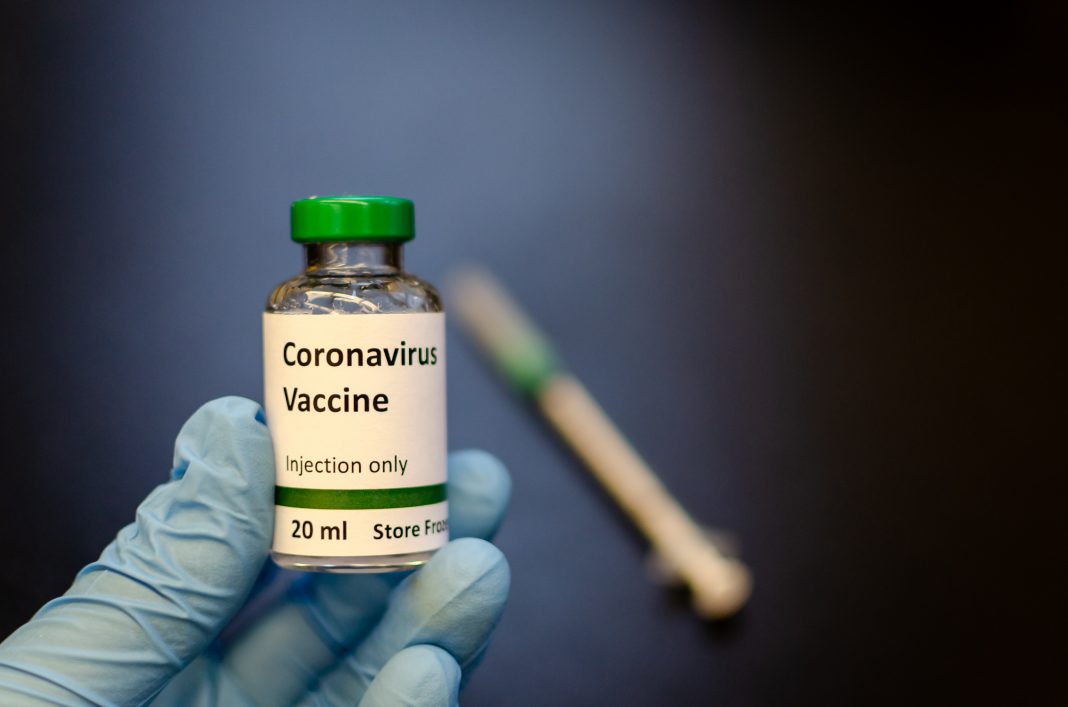At present there is no vaccine against the coronavirus However, various groups have started working on them, including Johnson & Johnson (J&J).
Sarah Smith, senior manager, communications & public affairs, EMEA at J&J’s Janssen unit, tells GEN that, “We began working on a vaccine two weeks ago, when the viral sequence became publicly available, and are hopeful that we can create a candidate vaccine for this virus and can start a Phase I clinical study within approximately 8–12 months. If necessary, we will work to scale up production of a suitable vaccine candidate in parallel. While it is possible that the virus could disappear relatively fast, we started the work quickly because we want to be prepared.”
Development and production will leverage Janssen’s AdVac vector technology and PER.C6 manufacturing platform, which were previously used to make an investigational Ebola vaccine, currently deployed in the Democratic Republic of the Congo and Rwanda. According to Smith, “We will use single-use technology in order to produce larger quantities of the vaccine on a flexible schedule at a later moment in time.” She also says that most manufacturing would be carried out in house, adding that “for fill/finish activities, we will utilize external CMOs.”
Separately, a group at the University of Queensland (UQ) in Australia is also developing a vaccine against the 2019-nCoV virus. According to Keith Chappell, PhD, a senior research fellow at the UQ School of Chemistry and Molecular Biosciences and the Australian Institute for Bioengineering and Nanotechnology, developing the vaccine will be a complex process.
“Coronaviruses have a larger surface protein that other viruses. This makes the process more technically challenging. On the other hand, the fact that we already have experience with MERS coronavirus is an advantage,” he explains, adding that the group’s development platform utilizes the entire sequence of the surface exposed protein, which he says will be the primary target for the immune system.
The aim is to produce vaccine as quickly as possible, according to Trent Munro, PhD, senior group leader from the Australian Institute for Bioengineering and Nanotechnology (AIBN) at the University of Queensland.
“We are using the expiCHO system from ThermoFisher, which works extremely well in all scales—from the bench to large bioreactors. We plan to use a range of single-use technologies to speed up our timelines.”
Large scale production of any vaccine will involve external partners. Munro says, “UQ is not a manufacturer. We are working with our partner organizations at CSIRO for initial manufacturing scale and in parallel reaching out to commercial manufacturers to enable transition to a larger scale as soon as possible,” he continues. “There is no guarantee of success, but we are aiming to be ready for first in human clinical trials by the middle of the year.”



